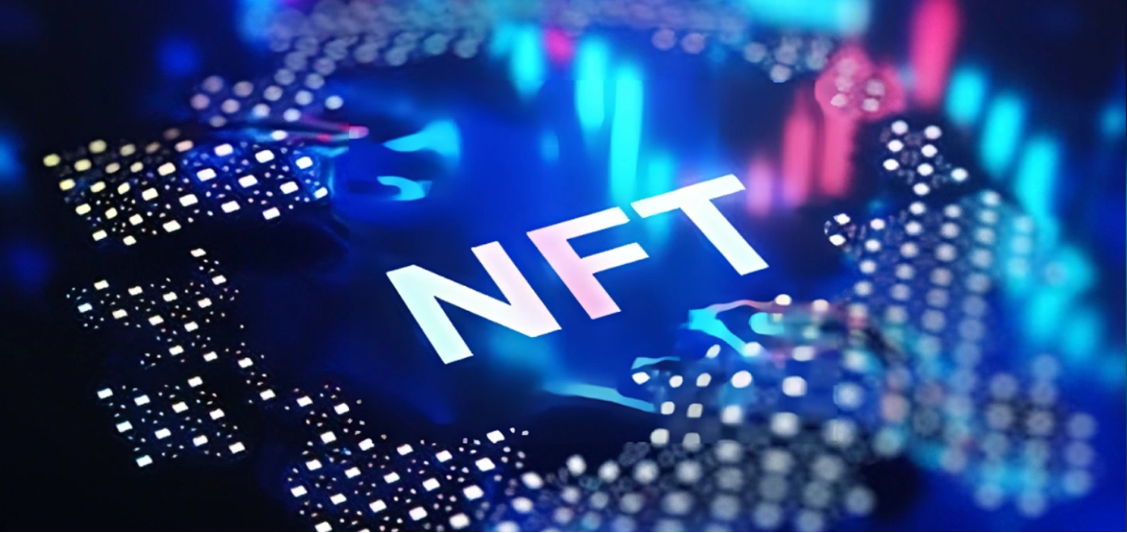
Starting from user needs: Create a convenient and efficient blockchain wallet
In the crypto world, blockchain wallets are key tools for users to manage digital assets. They not only determine the security of funds but also directly affect the user experience. In the face of various wallet products on the market, how can we create a truly convenient, efficient and secure blockchain wallet? Starting from user needs, we will explore the core functions, technology selection and optimization strategies of wallets to help developers and project parties build a wallet product that truly meets market demands.
I. What kind of blockchain wallet do users truly need?
When designing and developing a blockchain wallet, the most crucial question is: What do users truly care about? According to the demands of different user groups (ordinary users, investors, developers), blockchain wallets need to possess the following key features:
1. Security: A "safe deposit box" for user assets
The primary principle of a blockchain wallet is to ensure the security of private keys, prevent hacker attacks and asset loss.
Private key management: Supports multiple secure storage methods such as mnemonic phrases, hardware wallets, and MPC (Multi-Party Computation).
Multisig: Prevents single point of failure and enhances the security of fund management.
Anti-phishing mechanism: Integrates functions such as malicious address detection and transaction confirmation reminders.
2. Ease of use: Enable beginners to get started painlessly
Many blockchain wallets have complex interfaces and cumbersome operations, which deters ordinary users. The ideal wallet should:
Minimalist operation: One-click creation and backup of wallets without complex configuration.
Humanized design: Provide an intuitive interface and clear asset display.
Gas fee optimization: Automatically calculate the optimal Gas fee to reduce transaction costs.
3. Efficiency: A fast and stable trading experience
Long transaction confirmation times and slow on-chain interactions are pain points for many wallet users. A wallet should have:
Accelerated transactions: Supports EIP-1559 dynamic adjustment of Gas fees to enhance confirmation speed.
Cross-chain asset management: Compatible with multiple public chains, supporting one-stop asset viewing and transfer.
The combination of decentralization and CEX: Users can not only manage their private keys independently but also conveniently access the liquidity of exchanges.
4. Scalability: Supports more Web3 ecosystem applications
A wallet is not merely an asset management tool; it is also the entry point to the Web3 ecosystem
DApp connection: Compatible with Web3 applications such as DeFi, NFT, and GameFi.
Identity management: Supports DID (Decentralized Identity), and users can log in to the Web3 platform with their wallets.
Smart contract interaction: Provide a visual contract interaction interface to enable users to clearly understand the impact of each operation.
Ii. Technical Architecture: How to Design an Efficient Wallet?
Wallet type selection: Decentralized vs. light centralized
Decentralized wallets (Self-Custody) : such as MetaMask and Trust Wallet, users manage their private keys themselves. They are highly secure but prone to loss.
Custodial wallets: Such as CEX exchange wallets, where a third party manages private keys, offer a better user experience but carry trust risks.
Smart Contract Wallet (such as Argent) : By integrating smart contract technology, it offers more flexible permission management and recovery mechanisms.
2. Account model selection: EVM compatible vs. UTXO model
Different public chains adopt different account models, and wallets need to be compatible with multiple architectures
Evm-compatible chains (Ethereum, BSC, Polygon) : Based on the Account balance Model, the transaction logic is similar to that of a bank account.
UTXO chain (Bitcoin, Litecoin) : Based on the transaction output (UTXO Model), a new balance record is created for each transaction.
Emerging public chains such as Solana, Sui, and Aptos: Adopt more optimized account models to enhance throughput and concurrent processing capabilities.
3. High-performance backend: Node service and transaction optimization
To enhance transaction processing speed, the wallet can:
Integrate Light nodes to reduce reliance on centralized apis and improve data synchronization efficiency.
Use index services (such as The Graph) to quickly query on-chain data and reduce block synchronization time.
Optimize the signature process, reduce Gas fees, and enhance the speed of user transaction confirmation.
4. Compatible with multi-chain and cross-chain interaction
The wallet should support mainstream public chains and provide efficient cross-chain functions
Multi-chain compatibility: Supports EVM chains, Solana, Cosmos, Polkadot, etc.
Cross-chain bridging: Integrated with cross-chain protocols such as LayerZero and Wormhole, it supports cross-chain asset transfer.
Unified asset management: It provides users with a single interface to view assets on all chains, avoiding frequent network switching.
Iii. Optimizing User Experience: How to Make Your Wallet More User-friendly?
1. Enable users to manage their private keys "without feeling"
Most users do not understand mnemonic phrases and private key management, so wallets can:
Supports Social Recovery, allowing users to restore their wallets through friends or multiple devices.
MPC (Multi-Party Computation) technology enables private keys to be sharded and stored across multiple devices, enhancing security.
Biometric login, such as fingerprint and facial recognition, avoids the trouble of manually entering passwords.
2. Lower the transaction threshold to enable users to make "contactless payments"
Gas fee payment (Gasless Transaction) enables users to complete transactions without understanding the Gas mechanism.
Dynamic Gas adjustment enables the wallet to automatically select the optimal transaction rate, avoiding manual Settings by users.
Batch Transaction: Submit multiple transactions at once to reduce the number of on-chain interactions.
3. One-stop Web3 entry point
The wallet should integrate various Web3 functions, allowing users to avoid downloading multiple applications:
DeFi investment: conduct Staking, lending, and liquidity mining directly within the wallet.
NFT trading: Integrated with NFT markets such as OpenSea and Blur, it is convenient for users to buy and sell NFTS.
DAO Governance: The wallet is equipped with an inbuilt governance voting function, allowing users to directly participate in the decision-making of DAO proposals.
Conclusion
To create an efficient, secure and convenient blockchain wallet, the key lies in deeply understanding user needs and finding the best balance among security, ease of use and scalability.
Security: Private key management, smart contract security, permission control
Easy to use: Simplify the creation process, optimize Gas fees, and enhance user interaction experience
Efficiency: Optimize transaction confirmation speed, support multi-chain asset management, and be compatible with the Web3 ecosystem
In the race of blockchain wallets, whoever can truly solve users' pain points will stand out in the competition!





